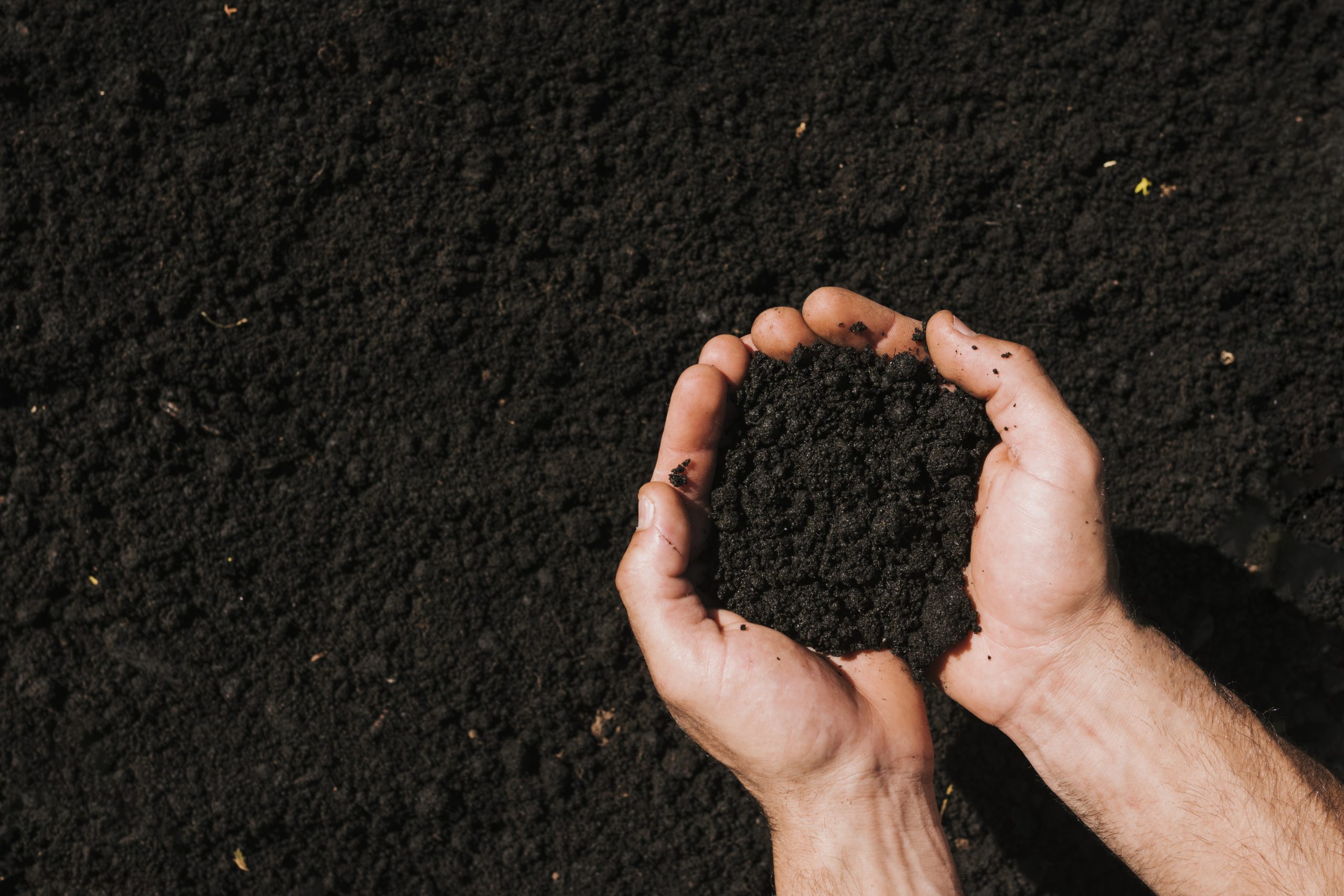The New Water Paradigm
Humanity and individuals are facing serious problems associated with climate change and extreme weather events. Landowners often struggle with issues such as:
Frequent floods
.
Dry season
Reduction in yield and income
What causes these problems?
A frequent cause of these phenomena is the so-called small water cycle or a disturbed balance in it.
Rainwater drains from the problem-affected area, which leads to limiting evaporation and water seepage into the soil.
This disturbs the delicate balance in the small water cycle.
How to solve these problems?
The new water paradigm is a revolutionary approach to solving these problems. It proposes systematic retention of rainwater in the country and its proper use.
The New Water Paradigm Offers:
Improving soil quality for agriculture
A more even distribution of precipitation will ensure better conditions for soil quality.

Less risk of floods or drought
By introducing a new water paradigm, the extremes of weather phenomena that affect weather fluctuations such as floods or droughts will be reduced.

More stable growing conditions
By restoring the small water cycle, the instability of the conditions for growing crops is eliminated and the care of economic subjects is also improved.
Learn more about the new water paradigm and use it to your advantage
I Want To Read The Publication For Free
The New Water Paradigm Was Cited By:

